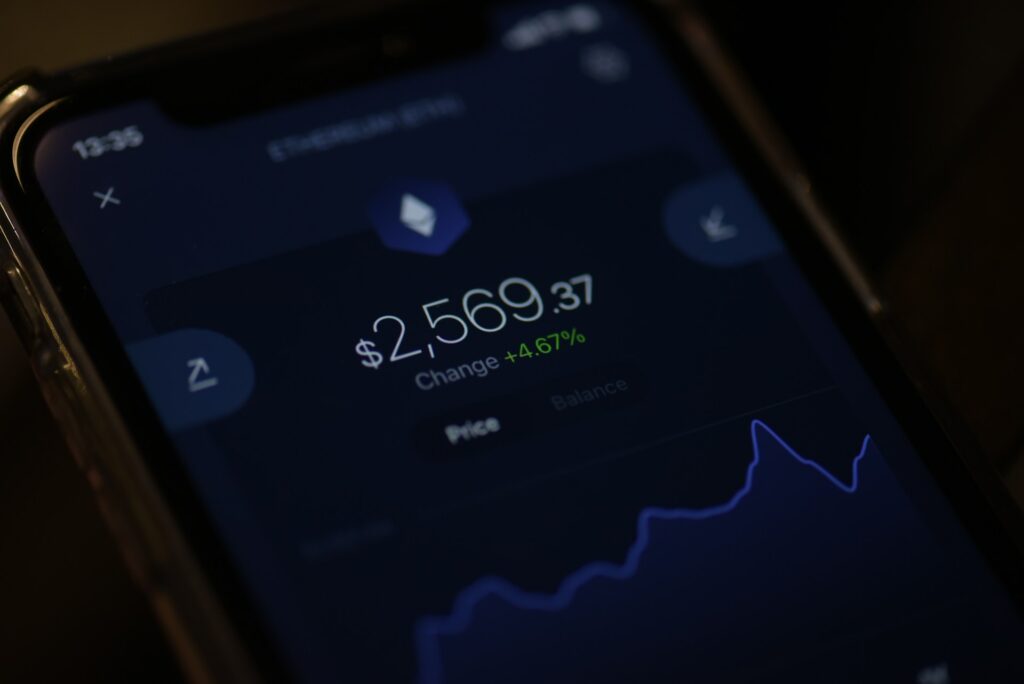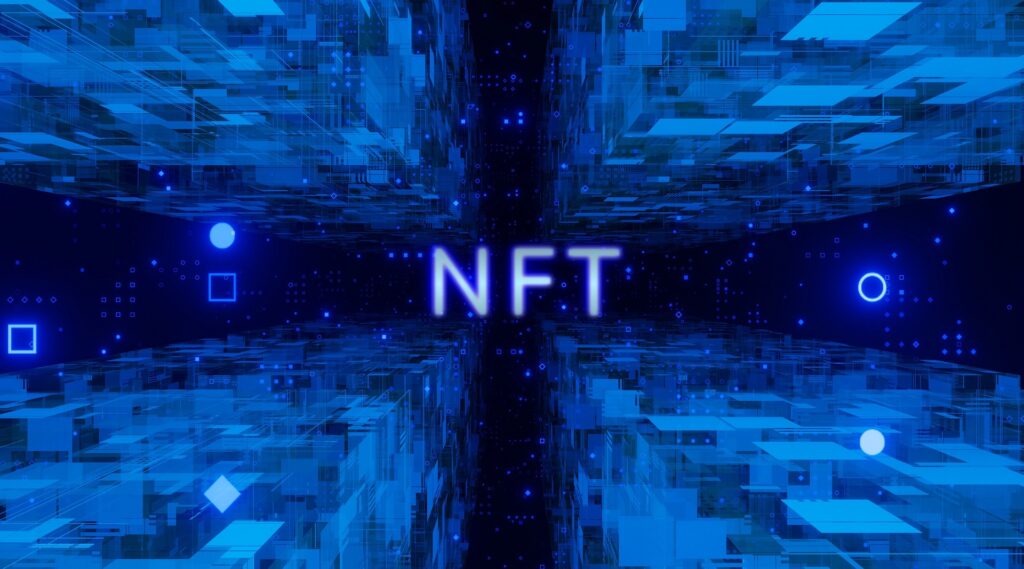A few years ago, I joined an online blockchain forum where someone posted a simple question: “Why do we need thousands of anonymous miners when a few trusted experts could just run the network?”
The replies were heated. Some people said decentralization is the whole point of blockchain, while others argued that for certain uses, having a few trusted authorities makes more sense. That was the first time I heard about Proof of Authority (PoA), a system where identity and reputation matter more than raw computing power or how many coins you own.
If you’ve ever wondered how some blockchains process transactions fast without huge energy costs or expensive validators, PoA is one of the answers. Let’s break it down in plain language.
What is Proof of Authority?
Proof of Authority is a consensus mechanism where a small group of approved validators create and verify new blocks. These validators are chosen based on their identity and reputation, not on mining power (like in Proof of Work) or staked coins (like in Proof of Stake).
It works a bit like a board of trusted managers running a company. Instead of thousands of strangers making decisions, you have a known group of people who are accountable if things go wrong.
In PoA:
- Validators must be publicly known or verifiable.
- Their real-world reputation is on the line, so they have an incentive to act honestly.
- If they misbehave, they can be removed from the validator list.
How does Proof of Authority work?
Here’s the basic process:
- Selection of validators – A fixed number of people or organizations are approved to validate transactions. They must pass strict identity checks.
- Transaction proposal – One validator creates a new block of transactions.
- Block verification – Other validators confirm the block is valid.
- Block addition – The approved block is added to the blockchain.
Because there are fewer validators and no heavy mining, the process is quick and energy-efficient.
Why do some projects choose Proof of Authority?
PoA is often chosen for private blockchains, consortium blockchains, or projects where speed and control are more important than extreme decentralization.
Examples include:
- Supply chain tracking
- Enterprise data sharing
- Government projects
- Test networks for public blockchains
Benefits of Proof of Authority
| Benefit | Why it matters |
|---|---|
| High speed | Blocks can be created in seconds |
| Low energy use | No mining required |
| Easy to scale | Less network congestion |
| Accountability | Validators are known and can be held responsible |
| Predictable performance | Fewer nodes make transaction times more consistent |
Drawbacks of Proof of Authority
| Drawback | Why it matters |
|---|---|
| Centralization risk | A small group controls the network |
| Trust requirement | Users must trust the validators |
| Risk of collusion | Validators could cooperate to cheat the system |
| Not censorship-proof | Validators can block certain transactions |
Proof of Authority vs other consensus mechanisms
| Feature | Proof of Work | Proof of Stake | Proof of Authority |
|---|---|---|---|
| Who validates | Miners with computing power | Validators with staked coins | Approved validators with verified identity |
| Energy use | High | Low | Very low |
| Decentralization | High | Medium | Low |
| Transaction speed | Slower | Faster | Fastest |
| Best for | Public blockchains like Bitcoin | Public blockchains like Ethereum 2.0 | Private/enterprise blockchains |
Real-world example
A user on Reddit once shared their experience working on a private blockchain for a logistics company. The company used PoA to track shipments in real time.
Because the validators were trusted partners, the company, its main suppliers, and customs agencies, there was no need for thousands of anonymous miners. Transactions were processed in seconds, and everyone could see updates instantly.
It’s a perfect example of how PoA shines when you already know and trust the main participants!
Where is Proof of Authority used today?
Some well-known uses of PoA include:
- VeChain – Focused on supply chain tracking.
- Energy Web Chain – For renewable energy certification and trading.
- Ethereum testnets – Like Kovan, which use PoA for fast, reliable testing.
- Government and corporate blockchains – Where controlled access is essential.
When does Proof of Authority make sense?
You might choose PoA if:
- The blockchain is private or consortium-based.
- You value speed and efficiency over maximum decentralization.
- You already have trusted parties running the system.
- Energy consumption and cost are big concerns.
Situations where PoA is not ideal
You should avoid PoA if:
- You want a fully decentralized network.
- You need to be censorship-resistant.
- You don’t have clear rules for validator selection or removal.
Tips for participating in a PoA network
If you ever get the chance to be a validator in a PoA blockchain, here are some key things to remember:
- Maintain your reputation – Your identity is tied to your performance.
- Follow the rules – Breaking protocol can get you removed instantly.
- Invest in reliability – Downtime or slow processing can hurt the network.
- Engage with other validators – Cooperation is key to keeping the network smooth.
When I first learned about Proof of Authority, it felt strange. Blockchain was supposed to remove the need for trust, yet PoA builds an entire system on it. But I’ve come to see that not every blockchain needs to be like Bitcoin.
Some networks exist to solve specific business problems where the players already know each other. In those cases, the speed, low cost, and simplicity of PoA can be a perfect fit.
The future of Proof of Authority
Proof of Authority might never be as exciting to the public as Proof of Work or Proof of Stake, but in the right situations, it’s extremely practical. Its strength lies in trust, speed, and efficiency.
I think we’ll see more PoA-based systems as companies and governments adopt blockchain for internal or semi-public projects. One interesting trend is the blending of PoA with other models, hybrid blockchains that keep some parts public and decentralized while using PoA for fast internal operations.
Outside of cryptocurrency, PoA could be useful in areas like document verification, digital identity systems, and regulated marketplaces. In short, while it’s not for everyone, Proof of Authority is here to stay, quietly powering the blockchains where trust is already built in.
With over five years of experience in the tech industry, Kazim excels at simplifying complex topics, making them accessible to tech enthusiasts and general readers alike.
He has contributed to several renowned publications worldwide, including WindowsReport and Allthings.how, bringing insightful coverage of key developments in the field.
When he’s not writing, you’ll find Kazim planning weekend getaways or diving into tech verticals beyond his expertise.




